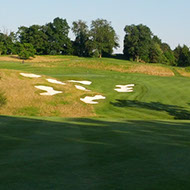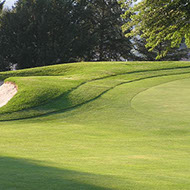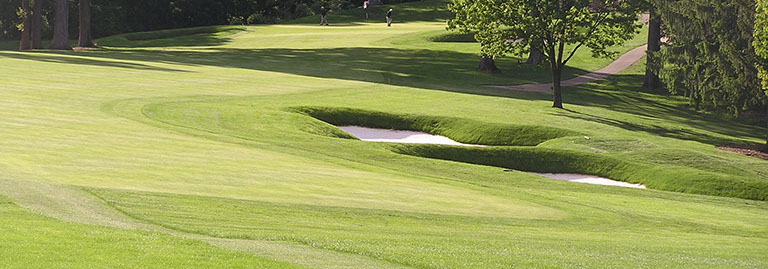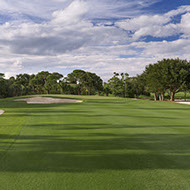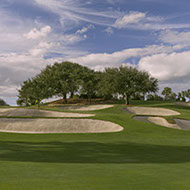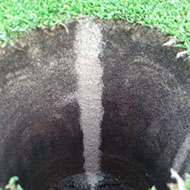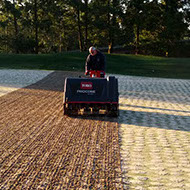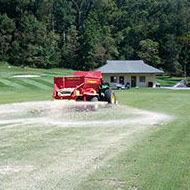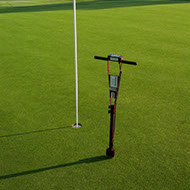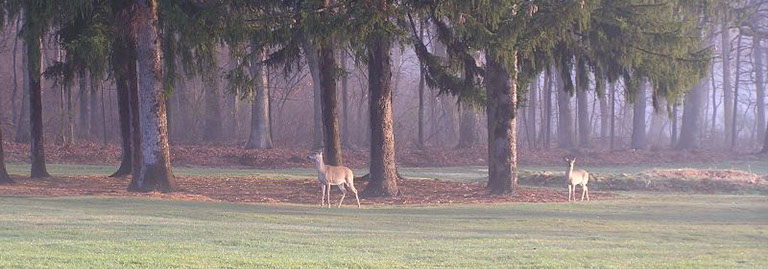
Welcome to my career portfolio. The links above showcase highlights and accomplishments, and I welcome you to click on all of them to view some of my proudest work to date.

Highly competent, team-spirited, and solution-oriented professional recognized for meticulous management of operations
+ Effective oral and written communication skills using all available media to correspond overall
agronomic facility goals to club leadership, members, and golfers
+ Professional, polished, respectful, passionate, and energetic individual committed to the
turfgrass industry
+ Successful in delivering quality course conditions with a wide-variety of turfgrass species
on a consistent basis
+ Outstanding results on numerous projects and course construction using key principles,
practices, and methods
+ High degree of administrative and executive ability with emphasis on fiscal / expense controls
+ Skilled in preparing and managing tournaments and events; experience with PGA Tour,
USGA Championships and numerous regional and local events
PHILOSOPHY
One of the best things about golf courses is that they are all different – from architectural layout to location. Many variables distinguish one golf course from another. This is also true in terms of grooming and conditioning of a golf course. There are many differences from course-to-course or more specifically hole-to-hole on the same property. Among these variables are: weather (sunlight, air movement, shade, etc.), chemical and physical properties of the soil, turf species and cultivars, trees, irrigation coverage, other vegetation and topography which affect course conditioning and agronomic management on a daily basis. With this in mind it is important to micro-manage each environmental condition on an as-need basis.
TURFGRASS SPECIES
I am experienced in managing the following fine turf types: TifEagle greens, TifGrand approaches and collars, Paspalum tees, 419 and Celebration fairways. Poa/Bent push-up greens and A1/A4 USGA greens.
CULTURAL PRACTICES
In order to deliver the conditions shown in the images above, it is necessary to perform practices such as aeration, topdressing, moisture management and many others. However, it is always critical to find a way to work around the golf schedule to accommodate patrons.
ADVOCATE FOR THE ENVIRONMENT
It is important for golf courses to be stewards of the environment and showcase how golf actually benefits the surrounding properties and wildlife. Under my leadership and organization as well club officials and committees at The Country Club of York, a plan was formed and work was diligently completed to obtain a distinction of Environmental Excellence for golf courses and was granted the Audubon Cooperative Sanctuary Certification. The club became the 28th course in PA and the 920th course in the world to receive this honor.
To reach certification, a course must demonstrate that they are maintaining a high degree of environmental quality in a number of areas. I introduced changes to the golf course management to help adhere to these restrictions. Some of the changes included: Increased the natural vegetation areas by 6.2 acres which reduced labor dollars to mow it, saved fuel with equipment (mowed it twice a year), and the reduction of chemicals and fertilizers.
